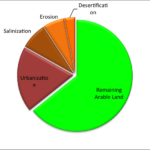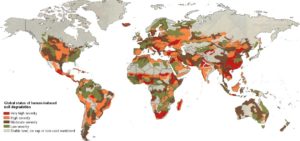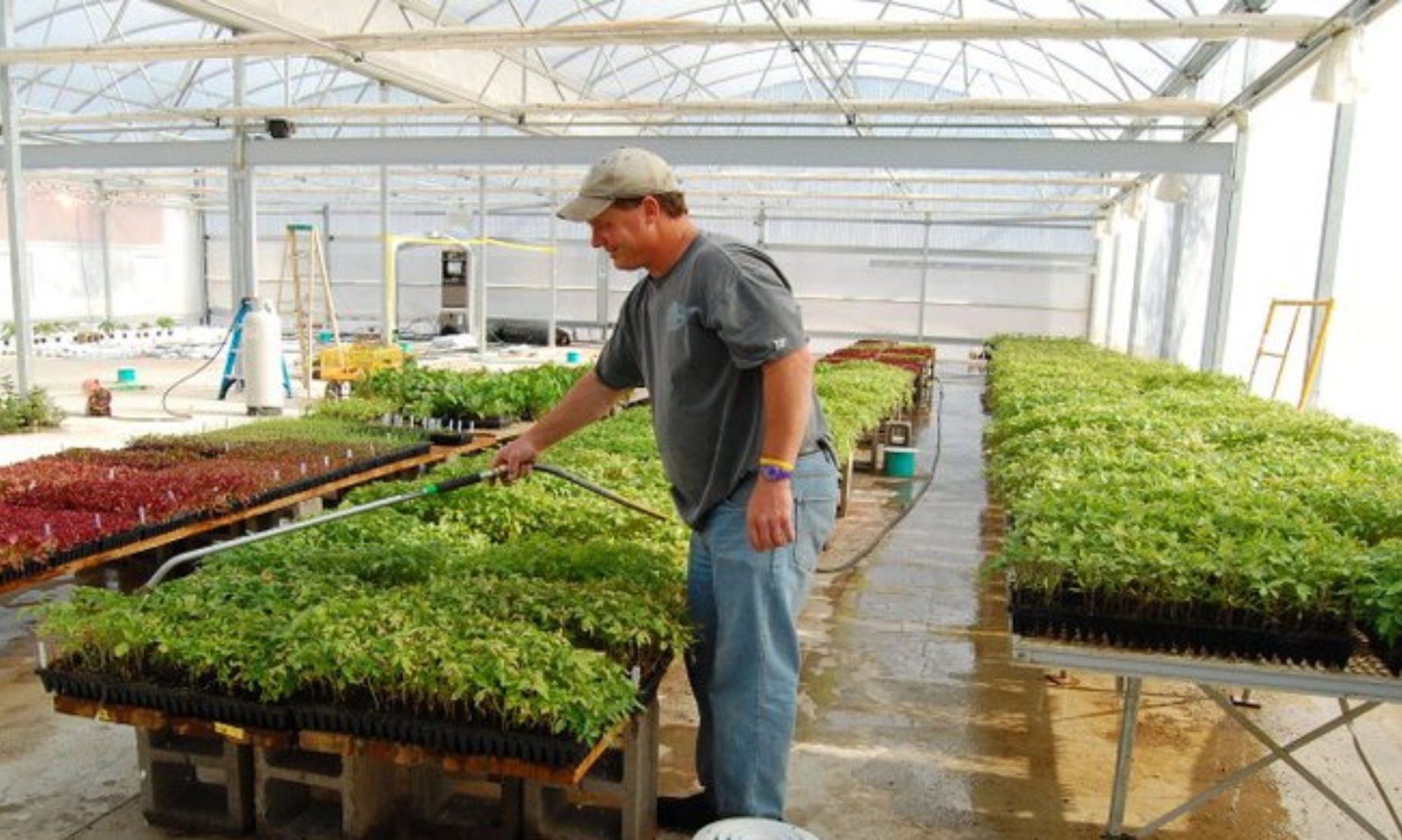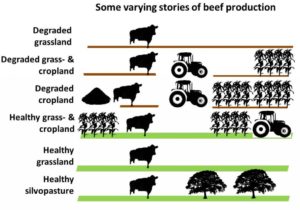Imagine a world where the food we eat actually makes our planet healthier as it makes our bodies healthier.
Aeon Holistic Agriculture, Inc.
We are an organic regenerative agriculture company based in San Joaquin County, California that uses an Integrated Crop-Livestock System (ICLS) approach. We grow nutrient dense organic produce in rotation with organic grass-fed cattle.
A Cutting-Edge Sustainability Approach
We adhere to the principals of conservation agriculture, regenerative agriculture, and even silvopasture as appropriate, using no-till or low-till processes. Most importantly, we obtain our soil fertility by a unique system of ‘rotating plant rotation/animal rotation‘, alternating land use between managed intensive rotational grazing (MIRG) and rotational organic produce. This prevents the erosion and salinization phenomenon of modern monoculture which renders most arable lands sterile over time.
Aeon’s approach brings modern agriculture back into harmony with nature. That’s why we call it ‘holistic agriculture’.
How We Obtain Amazing Flavor
We search out ‘forgotten’ heirloom varietal seeds that produce the highest nutrient density and the best flavor. We use proprietary computer algorithms in geothermal greenhouses and ‘French intensive gardening’ techniques in the fields that we perfected at The Ryland Inn in the 1990’s. Almost any ‘organic’ tomato in the market will have a BRIX rating of about 2.5% solute (97.5% water) – our organic tomatoes regularly hit 10-12% solute. This translates into four to five times the quantity of flavor. And, we employ feedback loops with top chefs to ensure the quality of that flavor to arrive at some of the finest-tasting, nutritious produce on the planet.

Carbon Friendly
Carbon-Friendly Beef
By starting with “Healthy Grass & Cropland” or “Healthy Silvopasture” systems and then incorporating a 1.0% red seaweed diet supplementation, methane production can be reduced by as much as 99%. This advanced ICLS approach can be a powerful tool to reduce anthropogenic climate change.
How We Reduce Costs
The secret is the combination of multi-generational farming experience, plus leading edge technologies, plus scale. We bring the best of both worlds together. We combine the labor-saving technologies of ‘Big Ag’ with the value system of organics.
We have decades of experience using it. Our use of an Italian sled system reduces planting labor cost. Semi-automatic and fully automatic transplant and harvest machinery, as appropriate, drops labor cost at harvest.
Our geothermal greenhouses with computer algorithms tailored to each seed type lower energy input costs. Drip tapes laid at precise soil depth for the given seed type reduced water usage by up to 65% compared to aerial irrigation.
How We Make It Cleaner
Our method is seedling-based rather than seed-based. By transplanting baby plants after the first true leaves appear after the cotyledon leaves (stocks), we are introducing an organism into natural soil at a point after its own natural defense system has developed. This reduces the need for pesticides, increases yields, lowers costs, and produces higher quality.
After harvest, we use the most stringent safety methods in our packing facilities to keep it the cleanest possible food.
CRISIS – Mankind Is Destroying Arable Land At A Geometric Rate Worldwide

In the last 35 years, the world has lost more than one-third of its arable land. Yet, it is estimated the world will need to grow 55%% more food by 2050 to feed an anticipated population of 10 billion people. Even as the world’s scientists scramble to find solutions to the existential problem of feeding a population growing by the billions, mankind is simultaneously destroying that very capacity to feed himself at a geometric rate.

Beyond erosion caused by conventional tillage, and salinization caused by surface or aerial irrigation, the number one cause for the loss of cropland has been urbanization (real estate development). The unintended consequence of government policies designed to grow the cheapest possible food has been the adoption of an agricultural approach that lowers the economic value of farming to the point where many farmers cannot resist the temptation to sell off their lands to developers for a piece of the windfall profits.
Regenerative Agricultural Systems increase land values by ‘growing’ rather than depleting topsoil. They dampen the effects of droughts by increasing the quantity of organic matter in the land which, in turn, increases the underground water-holding capacity of the land. These systems can also increase financial returns by ‘stacking’ a variety of products, both plant and animal, on the same land. This type of approach should give the investor better downside risk protection than a conventional agricultural investment.
Silvopasture is the intentional combination of trees, forage plants and livestock together as an integrated, intensively-managed system. Silvopasture systems are often net carbon negative.
Land management is the second largest contributor to carbon dioxide emissions on planet earth. Agriculture is the ONE sector that has the ability to transform from a net emitter of CO2 to a net sequesterer of CO2 — there is no other human managed realm with this potential.”-Carbon Cycle Institute



